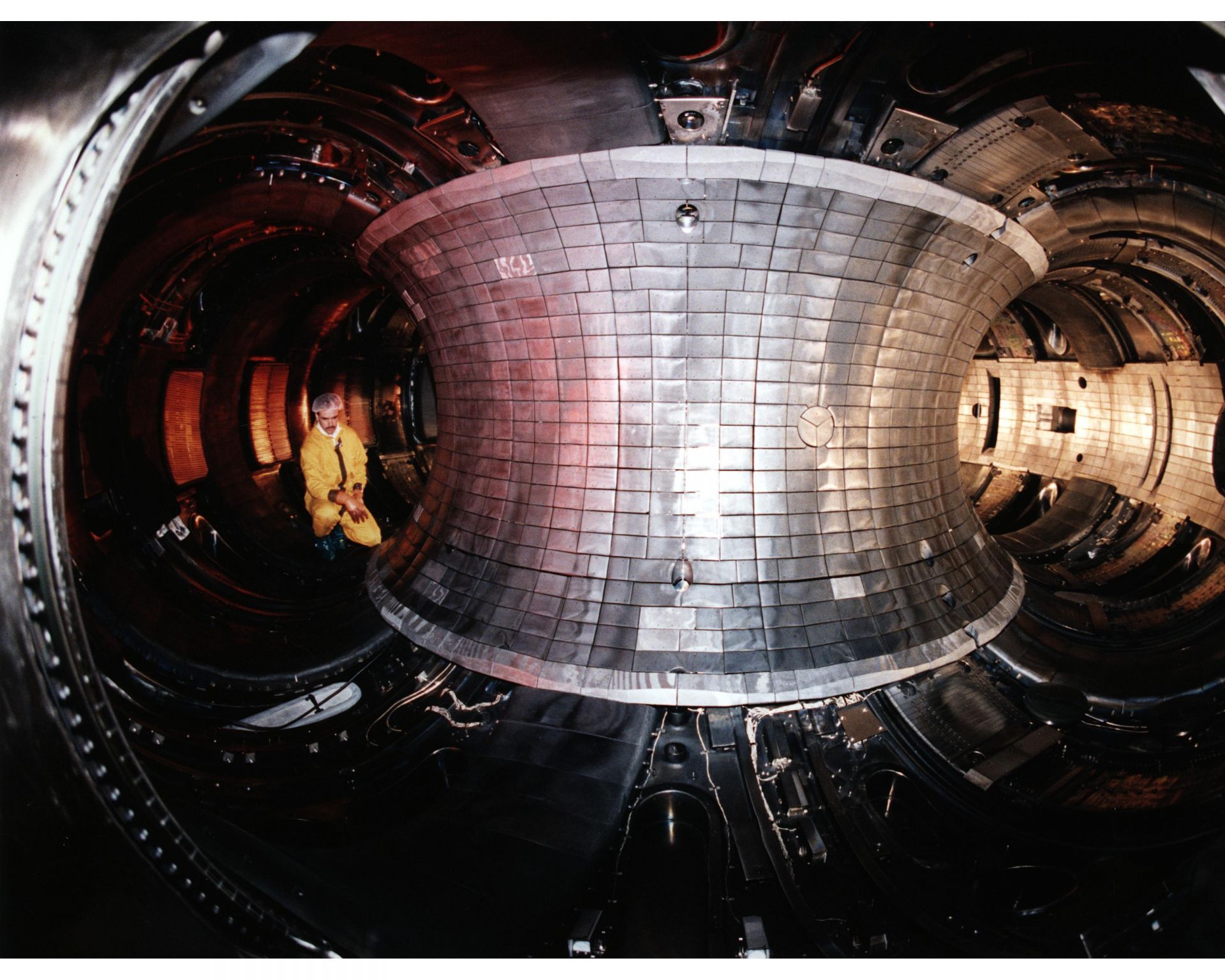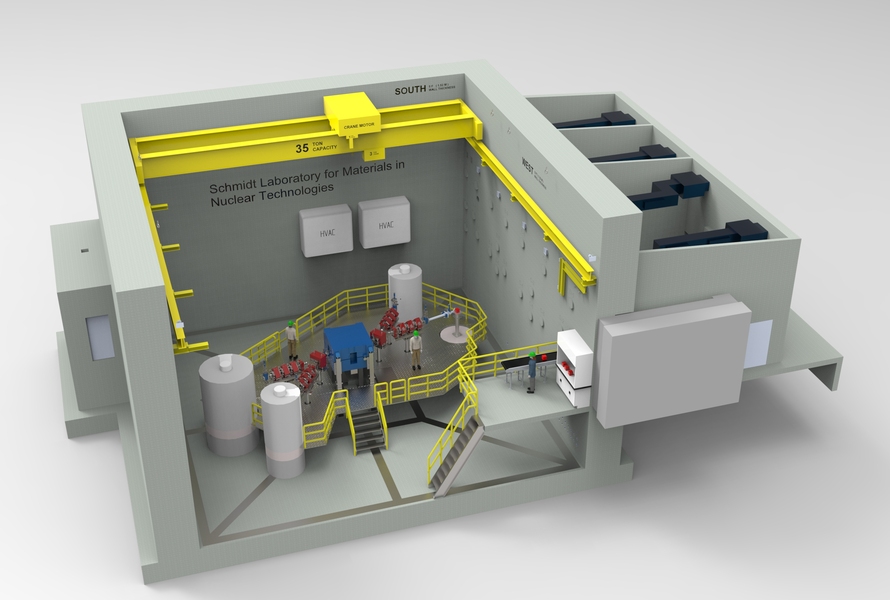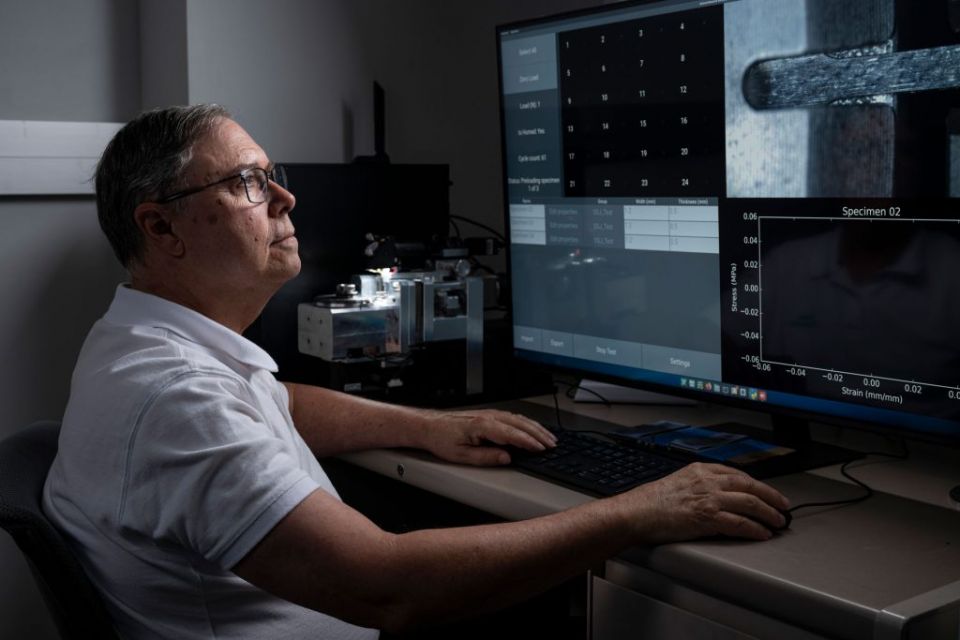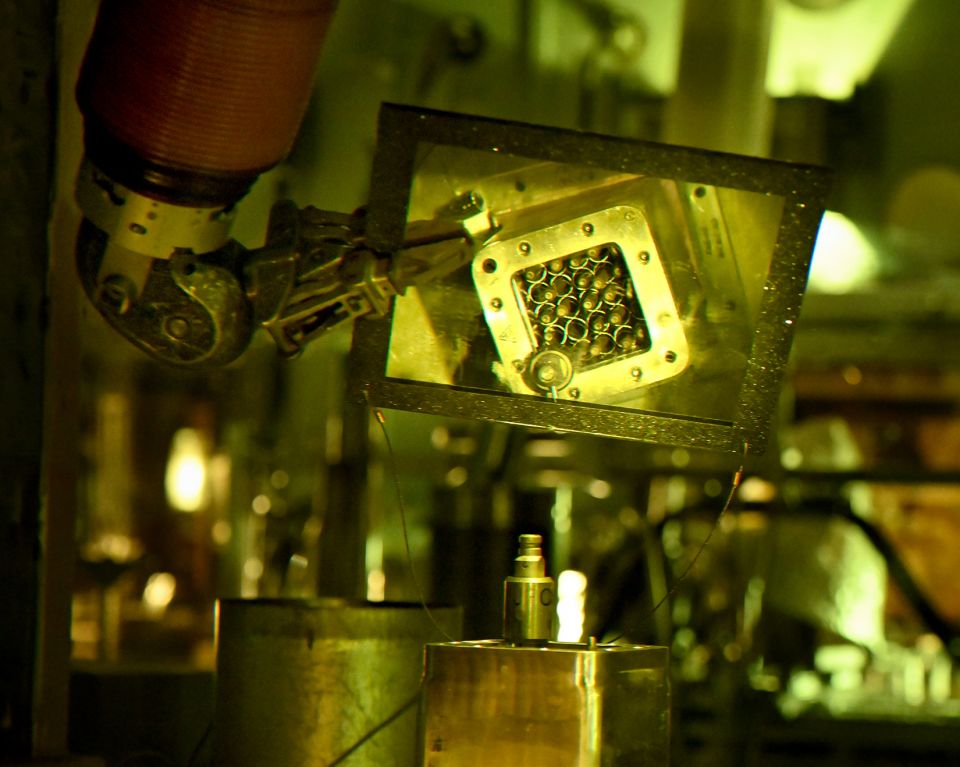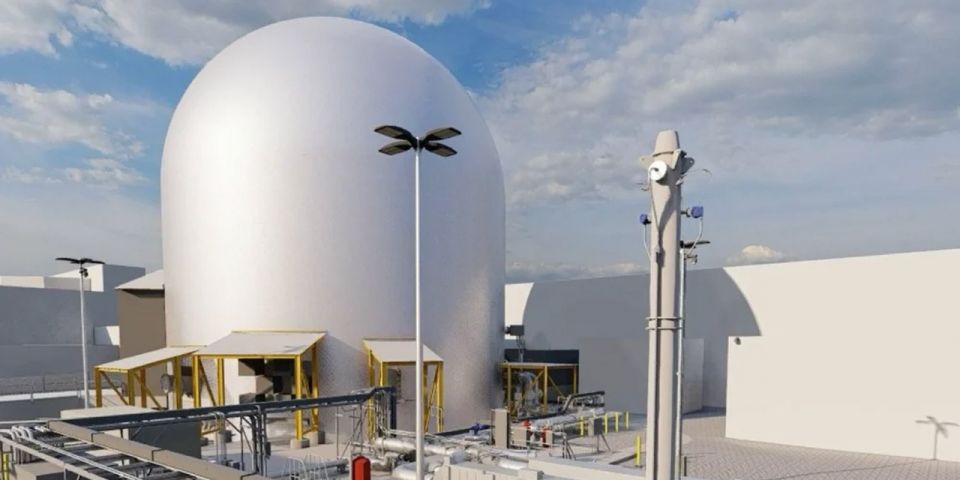TFTR background: The TFTR Project was initiated in 1976. The facility went into operation in December 1982 and spent the next decade using weakly reacting deuterium fusion fuel to develop, understand, and achieve the plasma conditions, full performance of the tokamak, plasma heating systems, and plasma diagnostic systems required for the D-T mission. In 1993, it began the first magnetically confined fusion experiments using a 50:50 mix of deuterium and tritium, the fuel envisioned for future fusion power plants.
Among the various scientific achievements generated through more than 1,000 D-T experiments was the first detailed study of the behavior of the alpha particles produced in the D-T fusion reaction that are critical in sustaining the fusion reaction in a fusion power plant.
FCF EBR-II background: In the 1960s, FCF was constructed as part of the EBR-II Project at the Argonne National Laboratory–West site (now a part of INL). FCF demonstrated that spent, highly enriched uranium fuel could be remotely processed to recover the uranium, with the uranium recycled and remotely fabricated into new fuel to be returned to the reactor. The recycle process demonstrated in FCF was a low-decontamination, on-site, melt-refining process, based on work with uranium and plutonium separations initially performed in the Manhattan Project.
What it means: The Nuclear Historic Landmark Award identifies and memorializes sites or facilities where outstanding physical accomplishments took place that were instrumental in the advancement and implementation of nuclear technology and the peaceful uses of nuclear energy. The award recognizes facilities that were placed in service 20 or more years ago. The designation of these sites is symbolized by an engraved bronze plaque for display at or near the original site. Each plaque is presented by an official representative of ANS at an appropriate ceremony.
